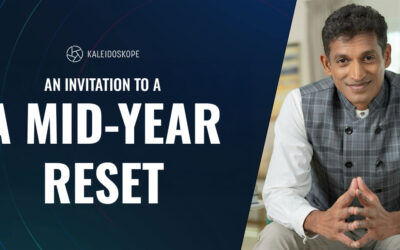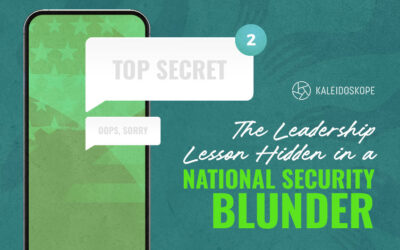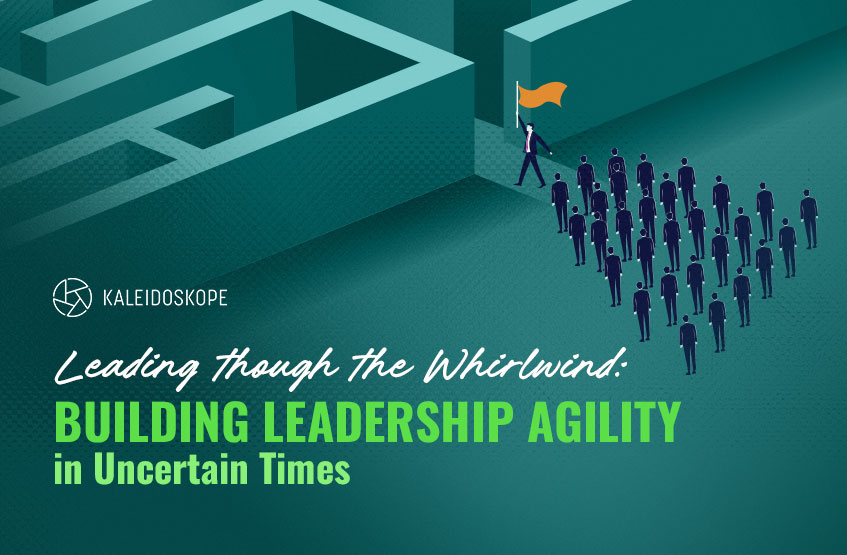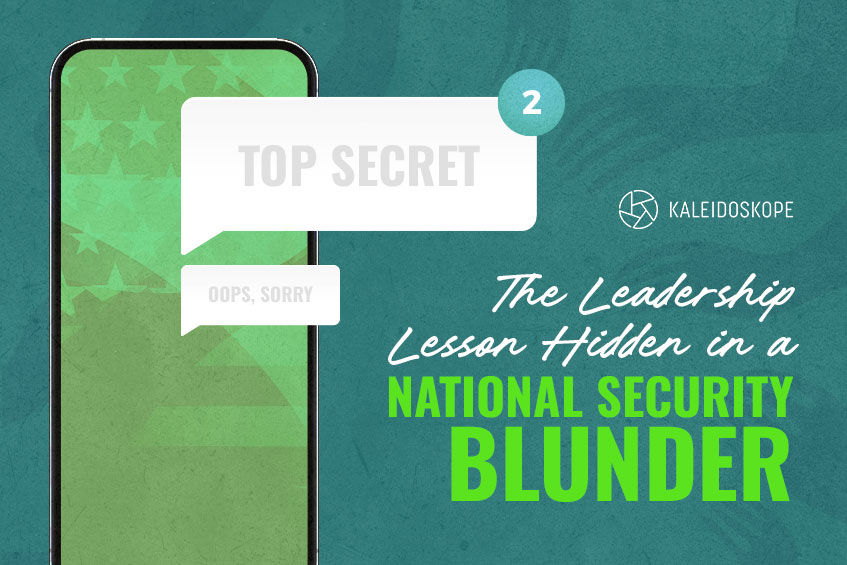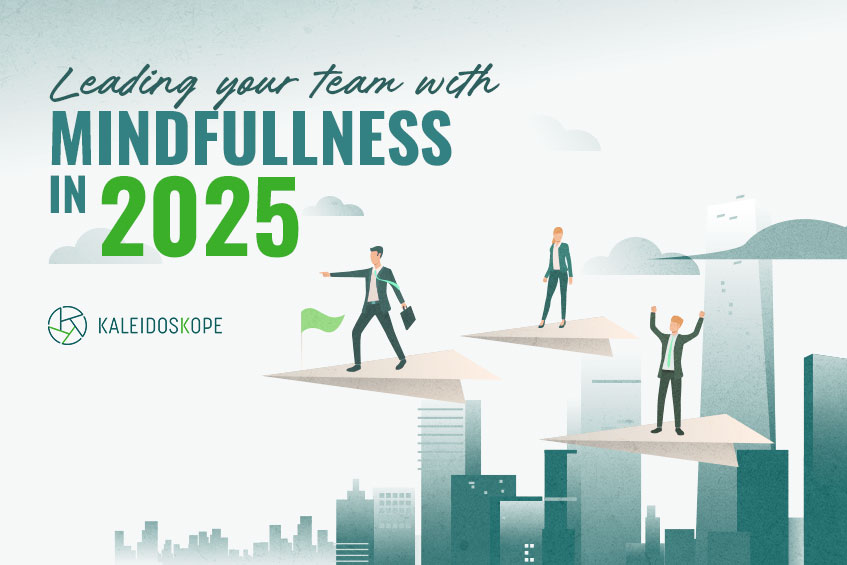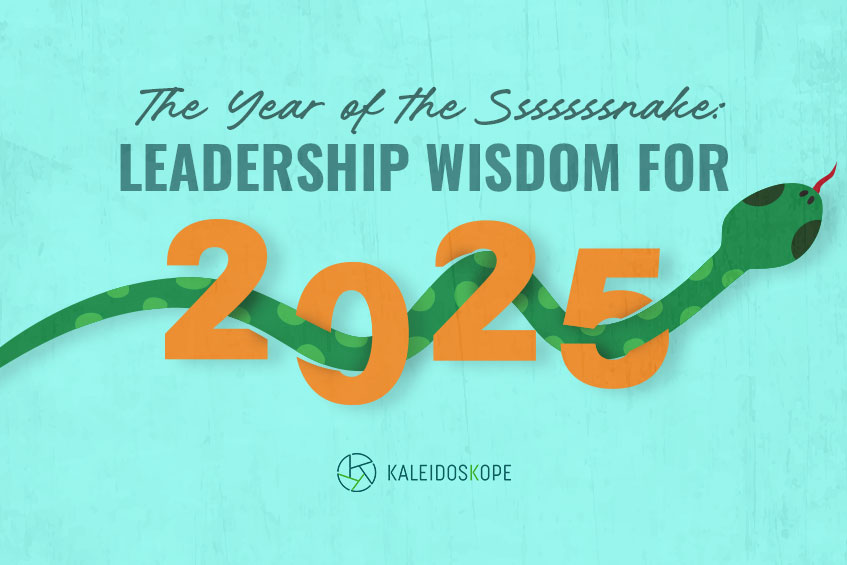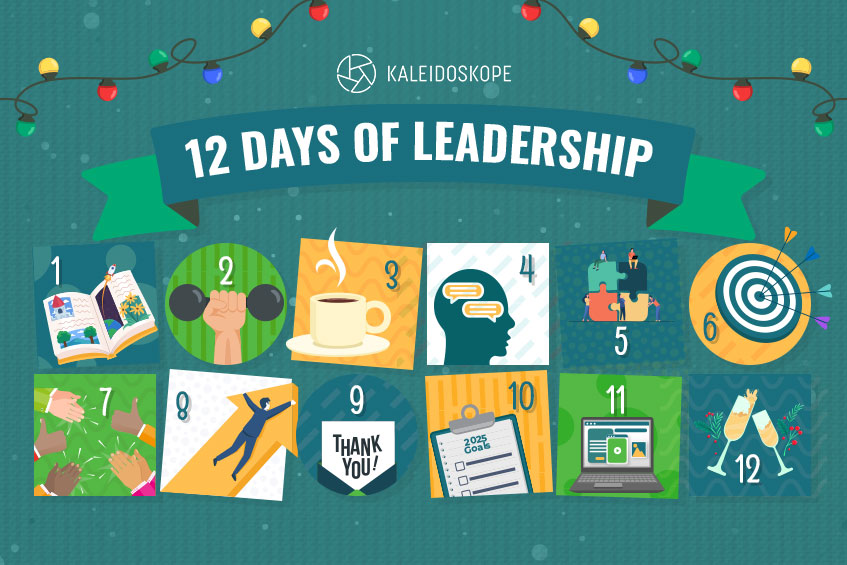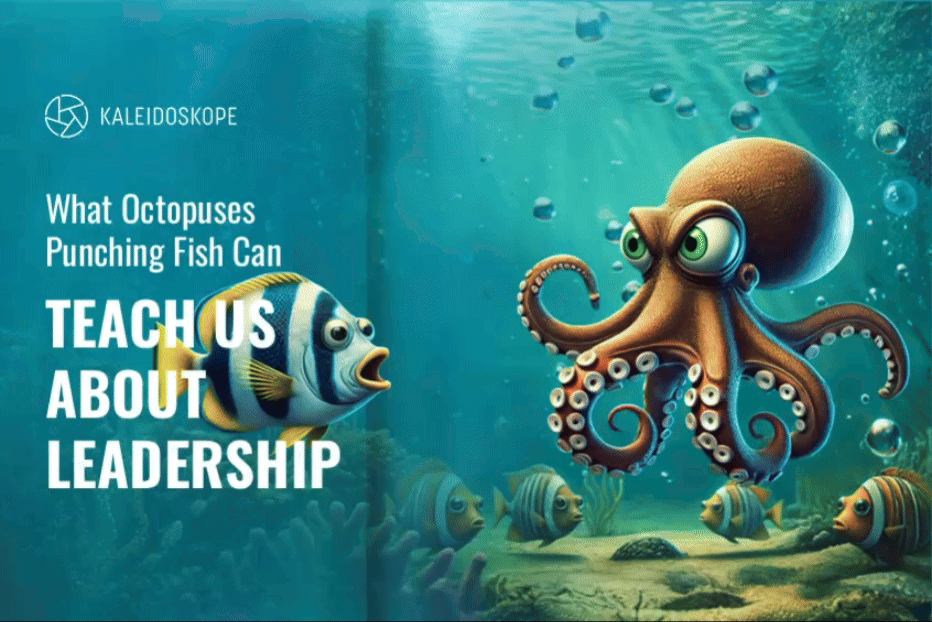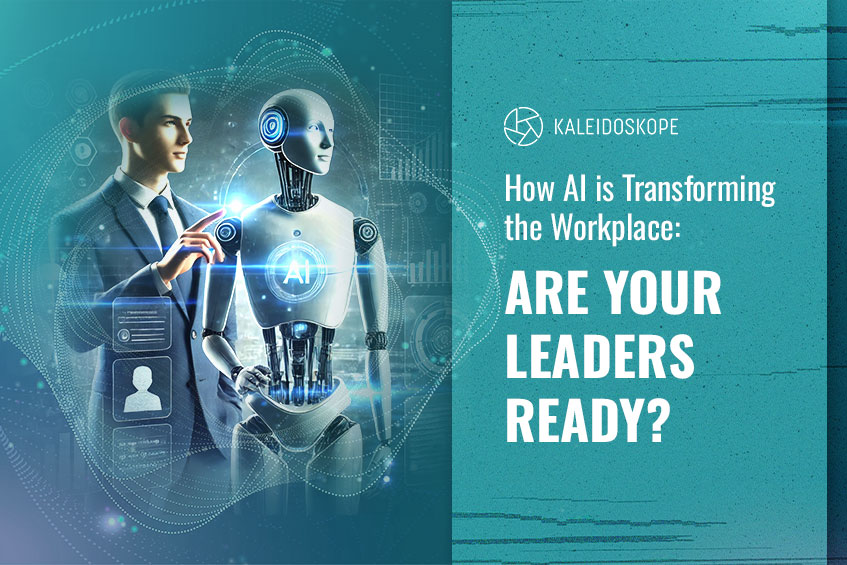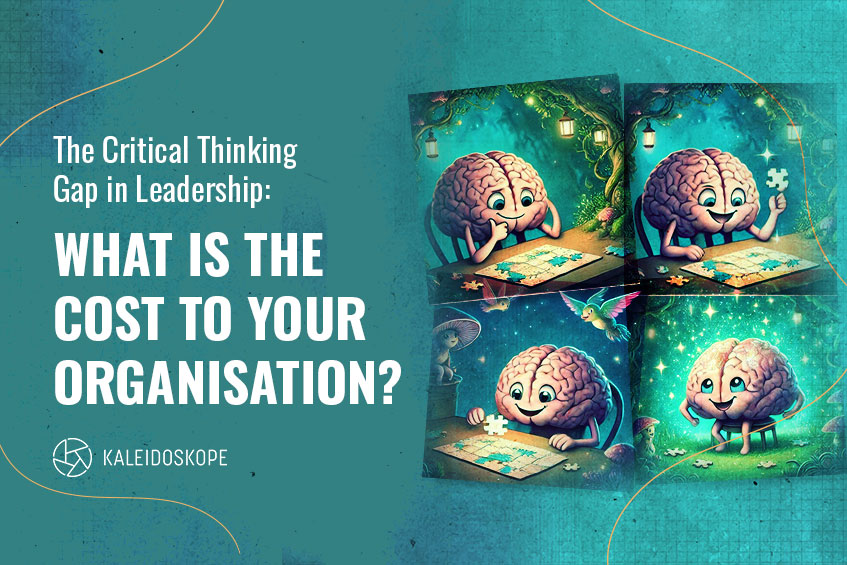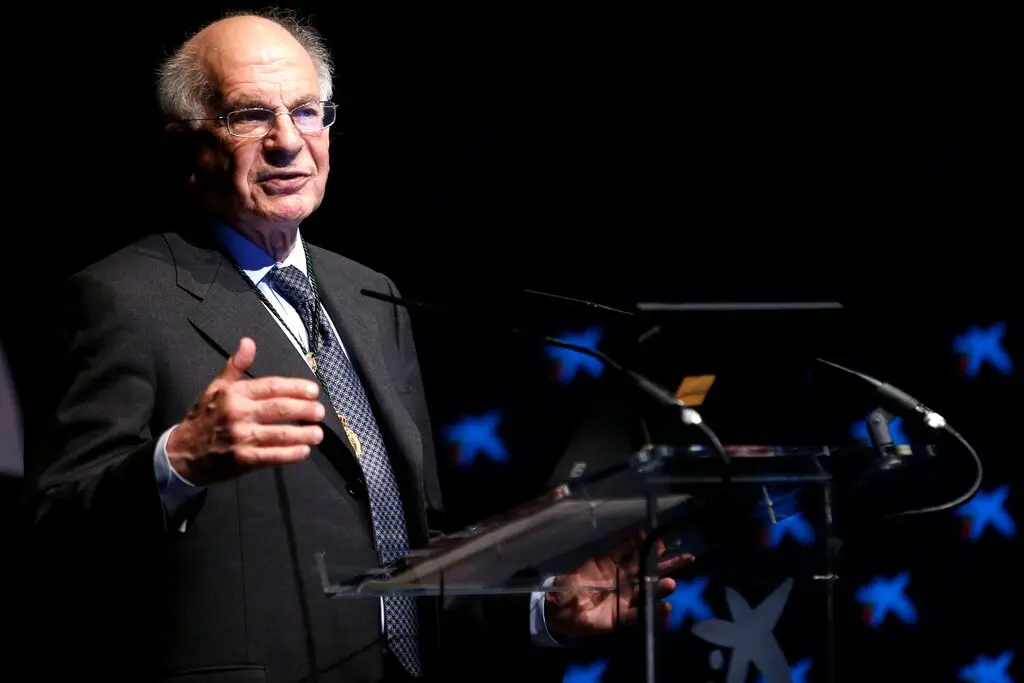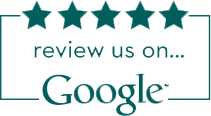The Mid-Year Reset: Mindful Reflection Over Resolutions

As we arrive at the midpoint of the year, it’s natural to want a sense of reset — a fresh chance to reconnect with how we feel, physically and mentally. Yet for many, the terms *mindfulness*, *wellbeing*, and *breathwork* can feel like a bewildering tangle, more confusing than calming. I understand that feeling all too well. During a December 2024 safari in the Okavango Delta, generously arranged by a dear friend, I found myself excited but overwhelmed. Even the seemingly familiar, like the cheetah, revealed surprising truths — such as the ten-minute collapse after a lightning-fast chase. The grassland felt vast and disorienting, until a guide named Brave helped me interpret the landscape and begin to see how the elements connected.

Much like my early days in the Delta, many of us may be fumbling through the terrain of wellbeing, unsure how to act or what to believe. Mid-year is the perfect time to pause and ask: what truly sustains us in this VUCA world? I believe the answer lies not in chasing external milestones, but in coming home to ourselves — in understanding the *why*, *what*, and *how* of mindfulness and breathwork. These practices, when demystified and approached with the right guidance, offer not only sharper mental clarity for peak performance, but also more robust and resilient physical health.
My goal, as someone with a foot in both ancient traditions and contemporary science, is to serve as your guide.
Whether you’re a busy executive, an athlete, an entrepreneur or a homemaker, I’ll share insights and practices that cut through the noise, ground you in what matters, and deliver meaningful outcomes. This is your invitation to reset: not by doing more, but by breathing more efficiently, as we did as children, seeing more clearly, and realigning with what nourishes your mind and body for the road ahead.
At this mid-year turning point, many of us feel the pull to reset—to take stock not only of what we’ve done, but how we’ve lived. It’s a fitting time to reconnect with three powerful concepts that often get lost in the wellness buzz: mindfulness, wellbeing, and breathwork. Far from abstract trends, these are time-tested tools that help sharpen your mind, regulate your emotions, and align your actions with your deeper values.
Mindfulness, in particular, is about developing the ability to pause before reacting, to tune into both internal and external cues with clarity, and to train your mind to make wiser, more empathetic choices. These practices, rooted in ancient traditions and validated by modern science, help move us from autopilot to intentional living.
Wellbeing, meanwhile, is more than the absence of illness—it’s about enhancing your healthspan and sense of life satisfaction. As we face the ongoing demands of work, parenting, or leadership, rebalancing the nervous system from chronic “fight or flight” into “rest and digest” becomes critical. Measurable indicators like heart rate variability can be helpful, but not all that counts can be counted. Life satisfaction also hinges on cultivating traits like curiosity, joy, and gratitude. Movement and strength training aren’t optional – they ensure independent living and provide protection from injury from falls/accidents as we age. Simple, accessible and convenient modalities like dancing, nature hikes and ‘overcoming isometrics’ can provide essential long-term mental and physical vitality. And daily, mind-training practices can rewire our ‘survival-mode’ tendencies for emotional resilience – like a “raincoat” against life’s inevitable storms.
Breathwork ties it all together as the “Swiss army knife” of self-regulation. More than deep breaths, it’s a toolkit that can calm the nervous system, improve focus, enhance emotional control, and support physical health—even when physical activity is limited. From Box Breathing to Resonant Breathing, techniques must be chosen and practised with care—not pushed aggressively. As you explore these practices, the invitation isn’t to mimic someone else’s path, but to become the expert of your own mind.
Like my safari guide Brave in Botswana, I’m here not to give you all the answers—but to walk with you as you rediscover your own clarity, calm, and purpose. A true reset starts from within—and it starts now.
“Traveller, there is no path. The path is made by walking.”
The Spanish poet Antonio Machado wrote,
This perfectly captures the spirit of my approach—a journey of discovery shaped by personal experience, ongoing learning, and deep curiosity about what the human mind and body are capable of.
My method is rooted in decades of dedicated practice across both Western and Himalayan meditation traditions, blending ancient wisdom with modern relevance. In the past five years, it has been enriched by close collaboration with elite athletes and their coaches—from Olympic sprinters to world record holders, whose mastery of breath control is as impressive as it is inspiring.
This path is also guided by cutting-edge insights from sports science and neuroscience, particularly in the field of breathwork. These evidence-based techniques not only improve physiological markers like heart rate variability (HRV), but also unlock access to deeper meditative states—tools like Resonant Breathing are just the beginning. At this half-year point, I invite you to walk your own path—with clarity, courage, and conscious breath.
Related Blogs
The Mid-Year Reset: Mindful Reflection Over Resolutions
We’ve all witnessed leadership failures in politics, business, and sports. A leader’s mistake and subsequent fallout reveal much about leadership, or the lack thereof. A recent incident involving the US Defence Secretary and other high-ranking officials is a stark warning, underscoring a critical gap within organisations that leadership training can bridge.
Leading through the whirlwind: Building Leadership Agility in Uncertain Times
We’ve all witnessed leadership failures in politics, business, and sports. A leader’s mistake and subsequent fallout reveal much about leadership, or the lack thereof. A recent incident involving the US Defence Secretary and other high-ranking officials is a stark warning, underscoring a critical gap within organisations that leadership training can bridge.
The Leadership Lesson Hidden in a National Security Blunder
We’ve all witnessed leadership failures in politics, business, and sports. A leader’s mistake and subsequent fallout reveal much about leadership, or the lack thereof. A recent incident involving the US Defence Secretary and other high-ranking officials is a stark warning, underscoring a critical gap within organisations that leadership training can bridge.
Start Your High-Performance Learning Journey
WITH KALEIDOSKOPE NOW!

